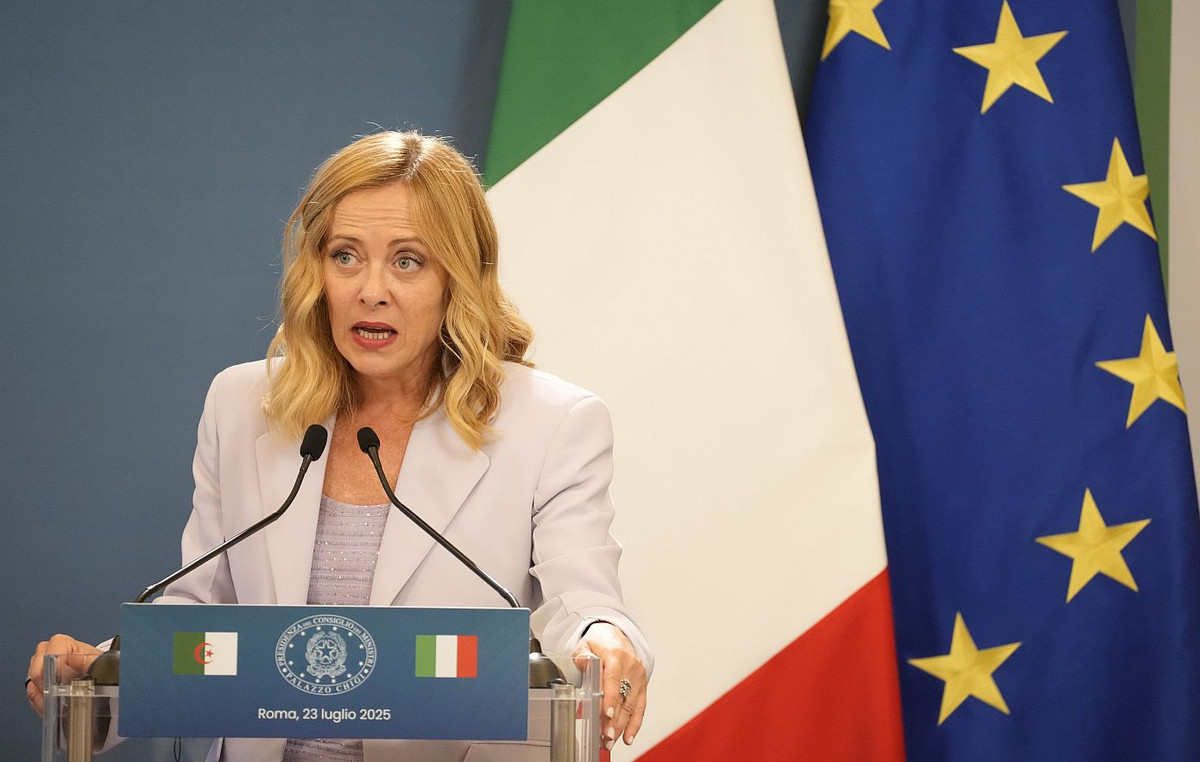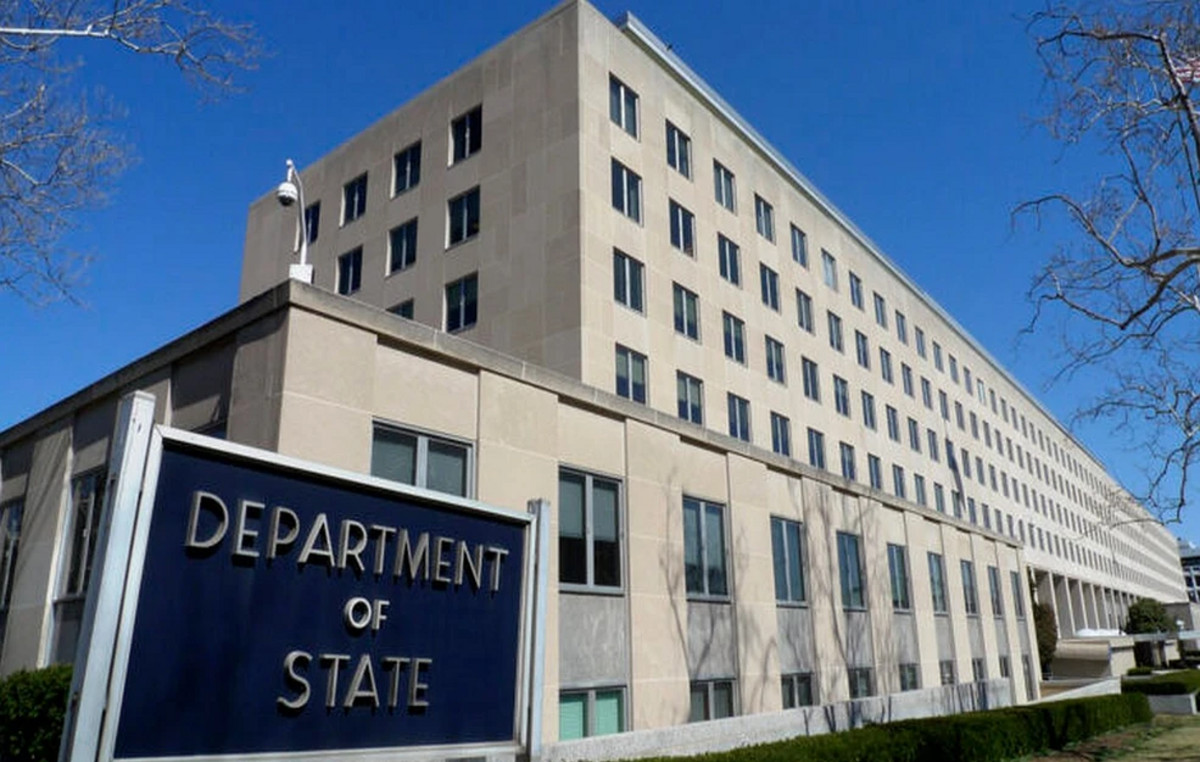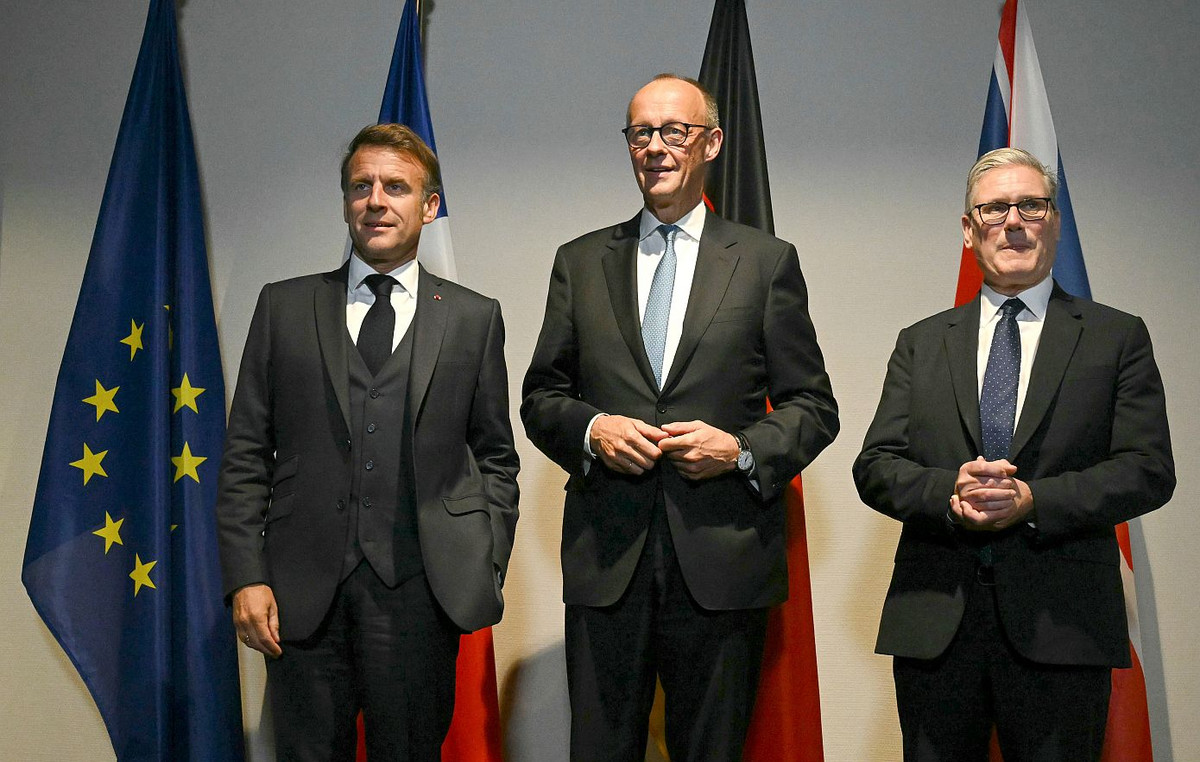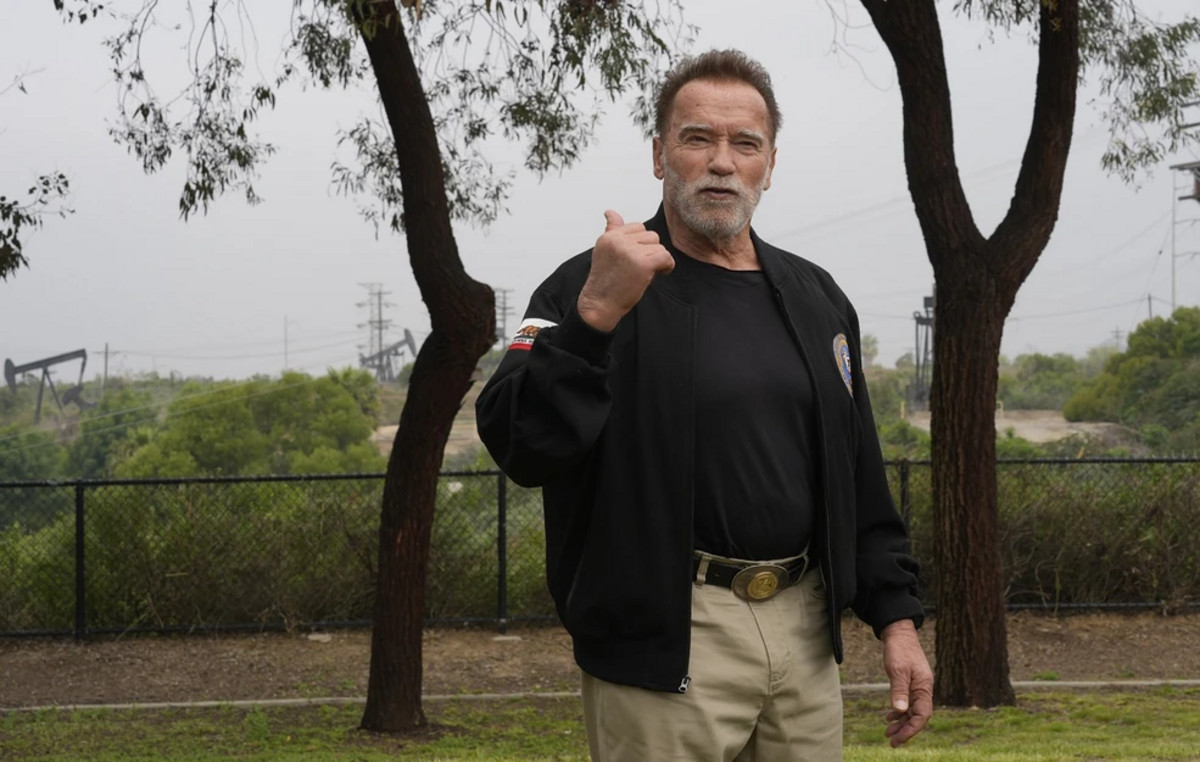Some people find it strange that one of the main dishes of Portuguese Christmas is cod – Portugal having both sea and fish -, they would choose for dinner one that does not exist in territorial waters, but which has to be imported, dried and salted, of the Nordic countries.
History tells us that there are good reasons for that: it was cheap and accessible throughout the territory, it complied with the religious requirements of fasting meat until midnight on the 24th, and it did not depend on weather conditions that allowed fishermen to catch fish. fresh.
There is always a reason for traditions, however strange they may seem. Sometimes the reason is just a fluke, or a fluke. This is the case with the main Christmas traditions in Japan.
Stranger than cod being one of the main Christmas dishes in Portugal, is the “traditional” concept of Japanese Christmas. Traditional is in quotation marks, for the simple reason that the tradition of celebrating this Christian feast is quite recent in the country.
Only after World War II, with the forced opening of the country to the habits of the North Americans, who had defeated Japan in that conflict, did Christmas gradually enter the Japanese holiday calendar.
The first decades after the military conflict were not ones of relief, but as the country rebuilt and gained the fame and benefit of a great economic power, the abundance allowed for importing Western celebrations, but also consumer habits.
In the 60s, North American stores multiplied in big cities, full of Western products, and Christmas was a good opportunity to catapult sales, allowing the Japanese to adopt the tradition of exchanging gifts, lighting and a lavish table .
It was in this context that the banal fried chicken from an American fast-food chain became an almost-official Christmas dish for Japanese families.
Christmas, for the Japanese, is not a religious festival – Christianity is residual in the country’s religious practices, dominated by Buddhism and Shintoism (often practiced in accumulation). Japan’s Christian population will be between 1 and 2 million, or around 1% of the 126 million Japanese. In such a way that Christmas Day is not even an official holiday in Japan.
But the cultural influence of the West – especially the US – has led the Japanese to adopt practices related to Christianity, although emptied of the spiritual dimension. This is the case of the Christmas celebration, but also of weddings according to Christian costumes, with the bride in a white dress.
Japanese Christmas is essentially a commercial and festive event, but the Japanese do not let their reputation for competence and perfection pass by: the Christmas lights in Tokyo are not far behind any major western capital, there are Christmas markets in the good German way or Austrian, and the sales volumes of the trade reach astronomical values every year.
King of Christmas came from Kentucky
On December 24th, the Kentucky Fried Chicken fast-food chain stores are one of the most popular places in Japan. It is there that millions of Japanese get their food that brings families together around the table, with chicken legs and wings fried, taken from a bucket.
Saying one of the most popular places is not an exaggeration. From the opening hours of the stores, there are lines of people waiting to be able to fill your order. Neither the long waits, nor the cold at this time of year, nor the queues that go around the block make the true fans of the Christmas spirit give up, committed to taking home the traditional KFC Christmas combo.
This is not a last-minute resort solution, because there was a lack of turkey or sushi. It really is a well-established tradition, as can be seen from the television advertisements warning people that they should not be distracted by the deadline to place their order at the nearest KFC.
Because this is an essential rule: anyone who doesn’t order in advance risks not taking home the buckets with the fried chicken pieces – you might even get lucky and get it, but it’s a lottery… In all stores there are notices about the need to order Christmas meals until, at most, a week before the 25th. For the more forewarned, orders can be made from mid-October.
Christmas specials are delivered between the 23rd and the 25th. On these three days, KFC’s sales volume throughout Japan is equivalent to half-month sales at any other time of the year.
This tradition began in the 1970s, when American fast-food brands were booming in Japan. KFC stores were also looking for their place in the market, in the face of competition from McDonalds or Burger King.
The first KFC opened in 1970, in Nagoya, and in a short time the brand was also present in Tokyo and Kobe.
Urban legend has it that on Christmas Day, then a party with little tradition and no “official” menu in Japan, an expatriate customer complained at a KFC restaurant about not being able to buy turkey. Then I would have to celebrate with chicken. So Takeshi Okawara, manager of the Nagoya store, saw an opportunity there to promote his product, associating fried chicken buckets with the Christmas celebration.
In 1974, the first campaign “Kurisumasu ni wa kentakkii!” is launched. (Kentucky for Christmas!, ie “Kentucky for Christmas). All it took was a bonnet and the famous Colonel Sanders doll and the KFC logo. According to some versions, Okawara (who would become CEO of KFC in Japan) will have spread the idea that fried chicken was a typical Christmas dish in the USA; according to other versions of the story, it was not even necessary to resort to this lie, as the campaign was soon a success. If Japan was looking for a Christmas tradition, here was one, as American as Coca-Cola.
The concept of KFC’s Christmas menu was refined – the centerpiece is still the bucket of fried chicken, but with different Christmas motifs every year, plus potatoes and a special plate with Christmas designs and the brand logo .
After nearly 50 years, it is still a success. So many competing fast-food companies also offer fried chicken Christmas menus. And almost all supermarket chains and convenience stores too. But none are as “traditional” as eating “Kentucky for Christmas!”
Whipped Cream Cakes for Dessert
The Japanese Christmas menu is not complete without a sweet. And the Japanese know how to make sweets – be it theirs, with centuries of history, or their version of international pastries, especially French, which the Japanese have adapted to their taste and consumption habits.
This is the case with Christmas cakes. Again, this is a serious case: leaving the purchase of Christmas cake for the day, or for the eve of the celebration, is imprudence. The most requested stores close their order lists one, two or three weeks before December 25th – they are almost always with French names.
For Christmas, there are cakes of all colors and shapes, original recipes and novelties every year, but nothing is more classic than the cakes in white and red, with whipped cream and strawberries.
This one, too, has history, and in this case, too, the history goes back to post-World War II. The years after the defeat in the war were of enormous difficulties for the Japanese, marked by a great shortage, especially of food. Sugar and sweet things were an unattainable luxury for many. For thousands of children, the only sweets they tasted over many years were offered by US military personnel from the occupying forces.
As life resumed its normality, cities were getting back on their feet and the economy began to grow again, kitchens also rediscovered ingredients that had previously disappeared. Sweets were synonymous with prosperity, and the new habit of celebrating Christmas from the 1960s onwards was an excellent excuse to feast your eyes and taste buds on the Western way.
Among the many available offerings, the whipped cream cake with strawberries ended up imposing itself – the fruit is a symbol of prosperity and status, and the combination of white and red is a pastry version of the Japanese flag.
St. Nicholas vs St. Valentine
But not all Japanese relish the idea of spending dinner at home with the family and eating fried chicken and cake. Many, in fact, opt for another program, equally traditional: a romantic dinner. For a lot of people in Japan, Christmas Eve is a kind of Saint Valentine’s night – although it is also celebrated in Japan on February 14th, the day dedicated to Saint Valentine.
For romantics, Christmas night is to invite the other half to a candlelit dinner, and preferably with the fireplace crackling in the background, because by this time the temperatures are already inviting. Soon after, digestion is usually done on a night walk to enjoy the festive illuminations.
There is no consensual explanation as to why December 24th gained alternative valentine status for many Japanese. Some people find the origin of this recent tradition in a Christmas song that was hugely successful in the 80s, “Koibito ga Santa Claus”, which became a classic Christmas pop, one that you can hear everywhere as soon as the temperatures start to drop.
In the song, the vocalist tells that her lover is Santa Claus. It’s as good an excuse as any for a romantic candlelit dinner with the fire crackling in the hearth. Especially if, as another song says: “Love, it’s cold outside”.
This content was originally created in Spanish.
original version
Reference: CNN Brasil
I’m James Harper, a highly experienced and accomplished news writer for World Stock Market. I have been writing in the Politics section of the website for over five years, providing readers with up-to-date and insightful information about current events in politics. My work is widely read and respected by many industry professionals as well as laymen.







